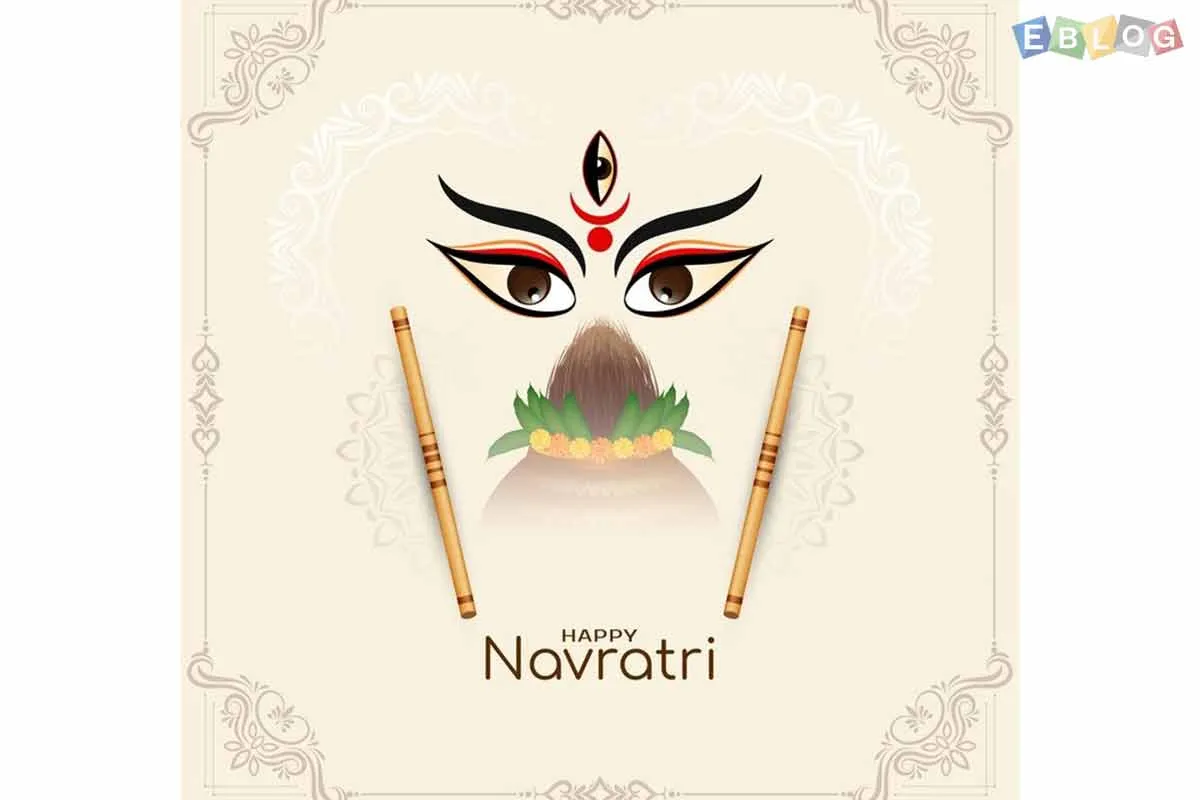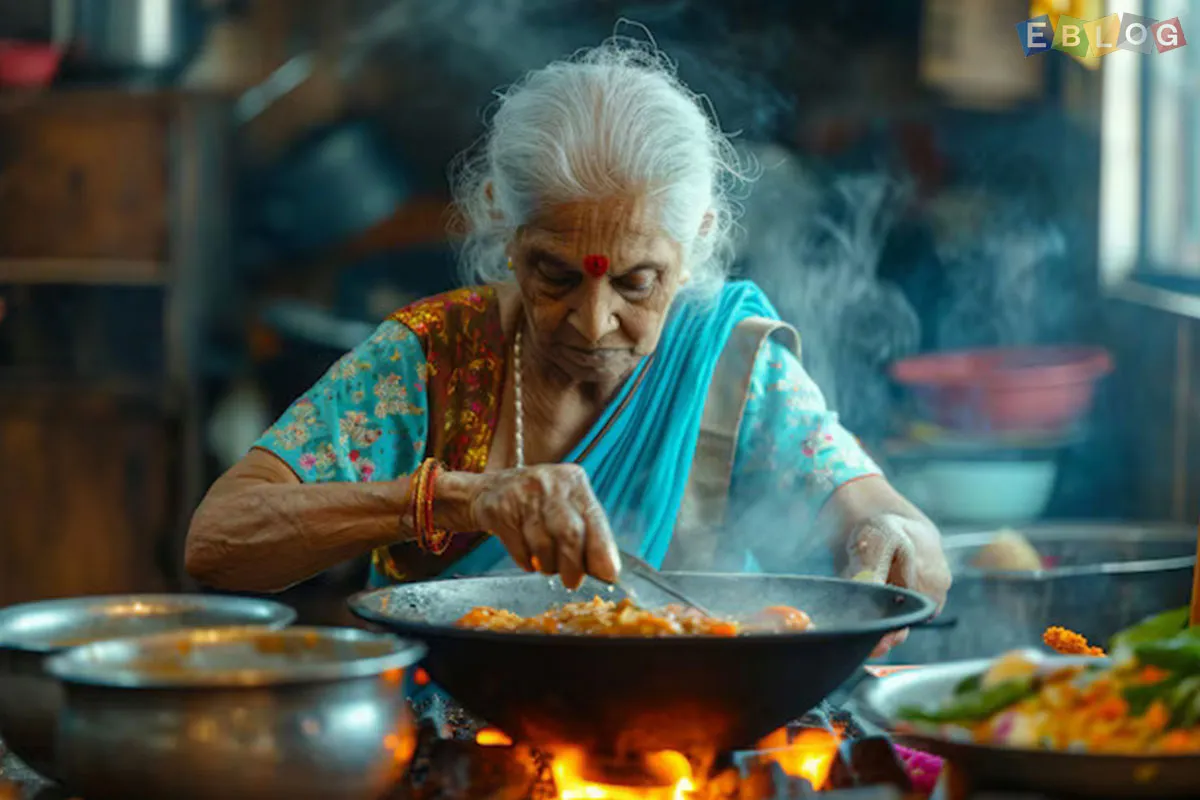
Navratri Fasting Rules: What You Can and Can't Eat in 2025
- 02 Apr, 2025
- Religious
- 653 Views
- 0 Comments
Navratri, one of the most celebrated festivals in India, is a time for devotion, self-discipline, and spiritual growth. This nine-day festival honors the divine feminine power, with each day dedicated to one of the nine forms of Goddess Durga. A significant aspect of Navratri is fasting, which is believed to purify the body and mind, enabling individuals to focus on worship and devotion.
As we approach Navratri 2025, many devotees will begin preparing for this sacred period of fasting. Whether you’re a seasoned faster or new to the practice, understanding what foods are allowed and what’s restricted is essential to making the most of this spiritual experience. Let’s break down the Navratri fasting rules and explore what you can and can’t eat during the 2025 celebration.
1. The Basics of Navratri Fasting
During Navratri, fasting isn’t just about abstaining from food—it's a way to cleanse the body and purify the mind. There are different types of fasts, depending on personal choice and tradition, but the key principle is to refrain from eating regular, everyday food. Many people also choose to avoid certain spices, grains, and foods that are considered tamasic (or low energy) as they are believed to hinder spiritual progress.
a. The fast generally lasts for nine days, with devotees observing one of the following fasting patterns:
b. Full Fast: Complete abstinence from food, drinking only water or herbal teas.
c. Partial Fast: Eating specific foods like fruits, nuts, and dairy while avoiding grains and certain vegetables.
d. Vrat/Upvas: Some people opt for a stricter form of the fast and avoid even certain foods like potatoes or certain types of pulses.
Now that we know the basics, let’s dive into what you can and can’t eat during Navratri 2025.
2. What You Can Eat During Navratri 2025
While the fasting rules may vary slightly depending on regional customs, here’s a general guide to what is typically allowed for those observing Navratri fasts:
a. Fruits
Fruits are an essential part of the Navratri diet. They are light and nutritious and help keep energy levels up while fasting. Some of the most commonly consumed fruits during this period include:
Apples
Bananas
Papaya
Pomegranates
Grapes
Pears
Oranges
Watermelon
Mango (if in season)
These fruits are not only easy to digest but also provide essential vitamins and hydration.
b. Root Vegetables
Root vegetables are generally allowed during Navratri fasting because they are considered to be sattvic (pure) in nature. Common root vegetables include:
Potatoes
Sweet potatoes
Arbi (taro root)
Yam
These vegetables can be boiled, roasted, or prepared in various ways for your meals during the fasting period.
c. Nuts and Dry Fruits
Nuts and dry fruits are an excellent source of protein and healthy fats, making them a great addition to your fasting diet. Some of the commonly consumed nuts and dry fruits during Navratri include:
Almonds
Cashews
Walnuts
Raisins
Dates
Figs
You can enjoy them as snacks or even make energy bars using these ingredients.
d. Dairy Products
Dairy is considered pure during Navratri, and many devotees include it in their meals. You can consume:
Milk
Yogurt (preferably plain and unsweetened)
Paneer (Indian cottage cheese)
Ghee (clarified butter)
These dairy items can help balance your diet and provide the necessary proteins and fats during the fasting period.
e. Sattvic Grains and Flour
Certain grains and flours are allowed during Navratri fasting. These are typically those that are considered "pure" and easy to digest. The common ones include:
Buckwheat flour (kuttu ka atta)
Rajgira flour (amaranth flour)
Singhara flour (water chestnut flour)
Sabudana (tapioca pearls)
You can make a variety of dishes from these flours, such as pancakes, rotis, or khichdi. Sabudana khichdi is a popular and delicious fasting dish.
f. Herbal Teas and Water
Since hydration is crucial, you can drink herbal teas like ginger tea, mint tea, or warm water with lemon. Avoid caffeinated drinks such as coffee or regular tea, as they are not in line with the spirit of the fast.
3. What You Can’t Eat During Navratri 2025
Now that we know the foods that are allowed, let’s take a look at what should be avoided during the nine days of fasting:
a. Grains and Pulses
Most grains and pulses are not allowed during Navratri, as they are considered tamasic in nature. This includes:
Rice
Wheat
Barley
Lentils (dal)
Chickpeas (chana)
Other legumes and beans
These are typically avoided because they are heavier to digest and are not in harmony with the sattvic (pure) nature of the fast.
b. Onions and Garlic
Onions and garlic are considered tamasic (impure) foods and are avoided during Navratri. They are believed to create restlessness and are thought to have an impact on the spiritual purity of the individual during fasting.
c. Processed and Packaged Foods
Highly processed and packaged foods should be avoided during Navratri. These foods often contain preservatives, artificial flavors, and additives that are not in line with the principles of fasting. Stick to fresh, home-cooked meals made from natural ingredients to ensure the purity of your fast.
d. Alcohol and Caffeine
Alcohol is strictly prohibited during Navratri, as it is considered to hurt both the body and mind. Similarly, caffeine-containing drinks like regular tea, coffee, or energy drinks should be avoided, as they disrupt the spiritual focus during this time.
e. Non-Vegetarian Foods
Non-vegetarian food (meat, fish, and eggs) is also strictly avoided during Navratri. The fast is considered a time for purity, and these foods are believed to detract from the spiritual and physical benefits of the fasting practice.
4. Conclusion
Navratri 2025 is a time for spiritual reflection, self-discipline, and devotion. Fasting during this festival is an opportunity to connect with your inner self and honor the divine feminine energy. While it might seem challenging to navigate fasting rules, knowing what you can and can’t eat will help you make the most of this sacred time.
By choosing pure, sattvic foods like fruits, dairy, nuts, and specific flours, you can maintain your energy levels and stay spiritually aligned throughout the nine days. As you observe Navratri fasting, remember to listen to your body and adjust the fasting rules according to your health and preferences, as long as the intent remains focused on devotion and spiritual growth.
Here’s to a blessed and fulfilling Navratri!














Leave a Reply